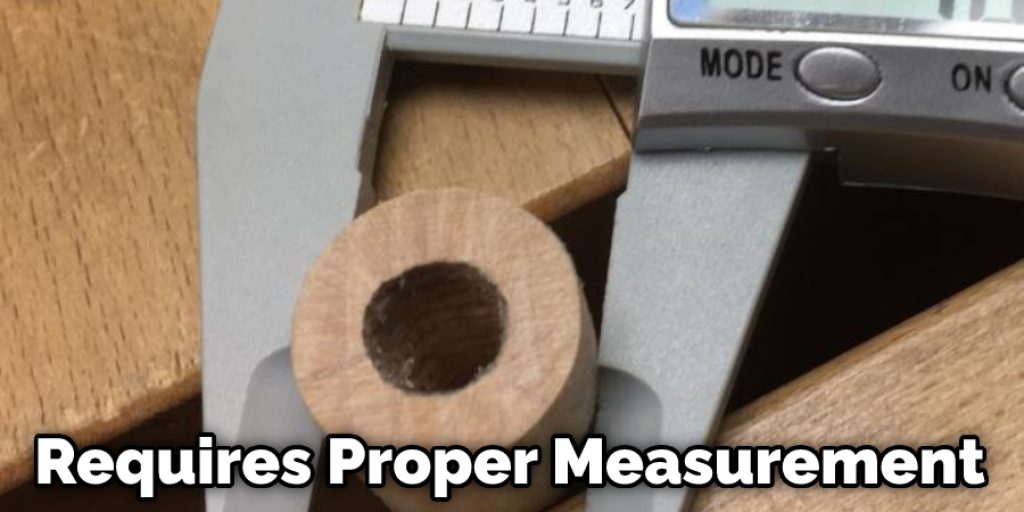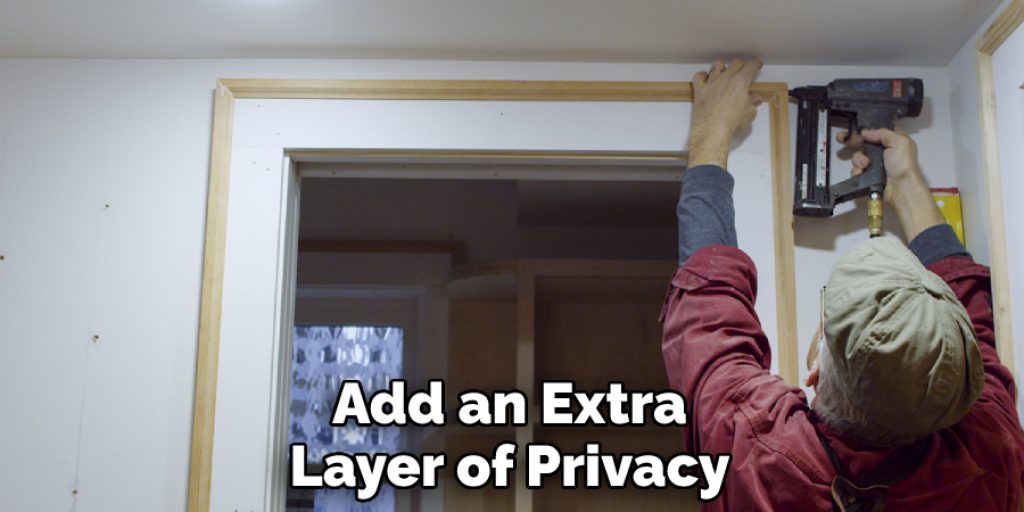How to Trim Out a Pocket Door
Introduction
A pocket door is a smaller, inset door and frame that slides into tracks along the edge of or recessed from the wall. It’s typically used to mask a doorway in an area where space may be limited. Recessed pocket doors are created by adding trim in the shape of a rectangle on each end that contains the sliding track. The door can then be opened through this space as opposed to swinging out like traditional doors. Today I will be discussing how to trim out a pocket door.

Step-wise Guide on How to Trim Out a Pocket Door:
A pocket door is a modern alternative to the traditional doors, which can be used in any room and in places where conventional doors cannot be installed. It gives extra space, flexibility of movement & convenience in areas such as closets, pantries, and hallways. Trimming out a pocket door not only beautifies your home but also elegantly hides its hardware from plain sight. Properly trimming out allows you to release the full potential of this flexible and convenient device. By following these simple steps, you can start with the procedure:
Step 1:
You need to determine what type of layout is appropriate for the existing layout of your home. For example, if you have a door lying flat against an outside wall, then it is advisable to install the pocket door flush with the doorway’s frame and sweep out any extra supporting block.
If windows flank your door, it’s best to trim the top of the side jambs to accommodate both the door and windows. Form a triangular notch at the peak or top end to help you properly trim out pocket doors and cover the gap between two adjacent doors on either side, using an operable mullion effectively.
Step 2:
Trim out requires proper measurement for laying down all needed components or hardware before making further cuts. If you use plywood or chipboard, don’t forget to give extra space for pocket door trim.

The size of your plywood panel depends upon the width of your chosen pocket door and how much overhang you desire. You can opt for standard 3-1/8 inches on either side but if you want a deeper recess, cut it accordingly. When measuring the depth of the upper track, ensure it is not more than 1 ¾ inch so that you can slide the door smoothly through its track without any hassles. Make measurements at a center point, then mark out all necessary components from the top & bottom rail and the jamb board. It will help in easy installation and assuring proper alignment with surrounding walls when installing the hardware.
Step 3:
You can use a table saw to cut your pocket door trim panel, but instead of it, you may also choose to take help from a router equipped with a straight cutting bit. It allows for more control and precision while working on the jambs and mullions. After completing the measurements, you can mark out all the areas to be removed for proper fit. Then reposition your pocket door tracks and slide them into position, ensuring that they are completely level & even on either side and between opposing track systems.
Use shims if necessary to keep both sides equal in size or thickness. Next, add another piece of plywood on top of the jamb board from the bottom & lay down an additional track at the top, which will help secure your door better and give it a smooth profile.
Step 4:
If you plan to trim out pocket doors with glass panels, you can attach mullions before installing the pocket door to finish the frame properly on both sides of the glass. But if you have opted for solid wood paneling, cut openings into jamb boards where track systems are positioned at either side. Then grab two pieces of wood trim boards size ¾’ x 3 ½” each & place them over the opening from one side, making sure that they overlap enough on another side so that it will provide proper support to tracks when sliding through them.
Next, nail these pieces together using finish nails or brad nails as it helps avoid squeaky noise while the door is being used. Finally, on either side of the opening, you can place a nail into the edge of each board and use that as starting point for your jigsaw blade to cut out openings without creating any ragged edges.
Step 5:
Before installing the operable mullion, decide if you want it to remain stationary or flexible for easier access on both sides. If so, build it stronger so that excessive force won’t cause permanent damage with mullions made from solid wood.

Use appropriate hardware like butt hinges which are quite a common option in most regions & attractive looking as well because they offer better security by preventing sagging from one side even when no reinforcement is provided through mechanical fastening methods like screws & nails. Following the same guidelines, install a temporary backer board to secure the frame from either side while working on it to prevent shifting during further adjustments or modifications.
Connect one end to the top rail and the other in between jamb boards and attach the bottom track over the tapered edge portion so that when you slide your door through its system, all components will rest properly with each other giving a smooth finish without any gaps or irregularities present on the paneling.
Precautions While Trimming Out a Pocket Door
We need to take two main precautions when trimming out a pocket door. The first one is ensuring that the jamb’s end remains straight and true. We want it to be straightforward for someone to open but not so loose that the door would fall into another room on its own. You may have noticed this problem sometime in your life: if you ever close a door too hard and put an uneven amount of pressure against it, the bottom hinge will sometimes pop off the frame.
When this happens, you can see the extra space left between the top and bottom plates because somebody didn’t notice how thick their adjustment shims were. I use wood filler blocks behind my casing these days, so there isn’t any play where the door meets the jamb. The second precaution to take is to ensure that you have a proper threshold or ‘mortise’ as we call it. A good mortise will stop water from seeping in under the door and causing undue wear and tear.
Frequently Asked Questions
Do You Trim Pocket Doors?
Pocket doors are a great way to add an extra layer of privacy to your home. They can be used in any room, easy to install.

There Are a Few Things You Should Keep in Mind When Installing Pocket Doors:
- Make sure the door is large enough to fit through the opening.
- Measure the width of the opening and make sure the door is wide enough to accommodate that measurement.
- Make sure the door is tall enough not to hit your ceiling or walls when open.
- Be sure to use a properly fitted pocket door hinge.
Are Pocket Doors Adjustable?
Pocket doors are not adjustable, but they can be made to fit any opening. Pocket doors are a great option for areas where you need a secure door that is easy to open and close.
Why Is My Pocket Door Crooked?
There are a few reasons why your pocket door might be crooked.
One possibility is that the hinges on the pocket door are not aligned properly. If this is the case, you will need to take it to a professional to have it fixed.
Another possibility is that the door was installed incorrectly in the first place. If this is the case, you will need to have it corrected by a professional.
Finally, if the door has been dented or damaged somehow, you will need to have it replaced by a professional.

Conclusion
I hope this article has been beneficial for learning how to trim out a pocket door. Ensure proper safety while performing the process. Thank you and have a nice day!




